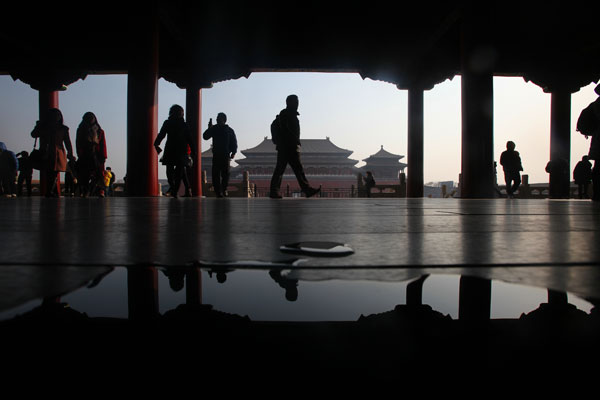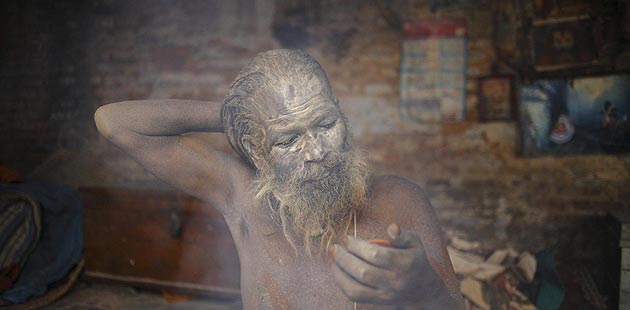Forbidden City still lures inquisitive public
Updated: 2012-02-16 09:54
By Tang Yue, Zhang Yuchen and Wu Wencong (China Daily)
|
|||||||||||
However, the sheer numbers of people who are arriving at one time are causing concern among experts about the damage that is being done to the relic, a UNESCO World Heritage Site since 1987.
On Oct 4, during the National Day holiday, a peak time for visitors, the museum admitted more than 142,000 people almost five times the ideal volume set by the museum.
To address the problem, Shan said the governing body will increase the space that is open to the public from 46 percent to 76 percent. This will not only feed visitors' curiosity, but also spread them out so they are not putting too much stress on one particular area.
At the moment, the buildings on the Forbidden City's central axis, between the north and south gates, see the most traffic, including Hall of Supreme Harmony, one of Asia's major oriental palaces.
The new moves will open up more of the two large wings, which already boast exhibition halls filled with jewels and classic paintings. And when several repairs are completed, the museum's administrative offices and research facilities will also be moved away from the "red wall zone", the core of the palace, said Shan.
Grand designs
When architects drew their plans for the Forbidden City, built in the 15th century, they did plan on its passageways being traversed by thousands of people.
It was designed to be a royal home. It has narrow, winding corridors that can handle just a handful of people at a time sometimes even just one person.
"Yet, these are not obstacles," said Zhang Shuwei, director of Beijing Art Museum, who added that with sufficient resources, the dangers of wear and tear can be reduced.
Hot Topics
Wu Ying, iPad, Jeremy Lin, Valentine's Day, Real Name, Whitney Houston, Syria,Iranian issue, Sanyan tourism, Giving birth in Hong Kong, Cadmium spill, housing policy
Editor's Picks

|

|

|

|

|

|








